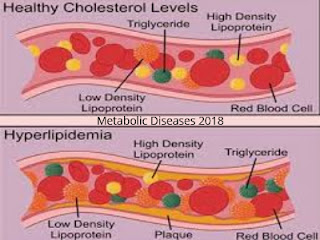Hypoglycaemia in Diabetes

In diabetes, hypoglycaemia for the most part emerges as a result of pharmacologic treatment that causes blood glucose levels to drop underneath the normal range. Whereas mild hypoglycaemia usually resolves with incite ingestion of carbohydrates, more often reduced glucose levels can impede cognitive function, and even threaten life. Nocturnal hypoglycaemia poses a specific challenge because the sleeping patient isn't in a position to intervene and numerous episodes are asymptomatic. Repeated exposure to nocturnal hypoglycaemia can limit counterregulatory mechanisms, with possibly serious clinical consequences. Hypoglycaemia in diabetes typically happens as a result of therapeutic treatment, particularly with insulin, glinides or sulfonylureas (SUs). Risk factors for hypoglycaemia includes Aggressive treatment of glycaemia, HbA1C < 6.5%* (except in youth), High glucose variability (in older adults), Long duration of diabetes, Renal impairment, Duration of insulin therap


